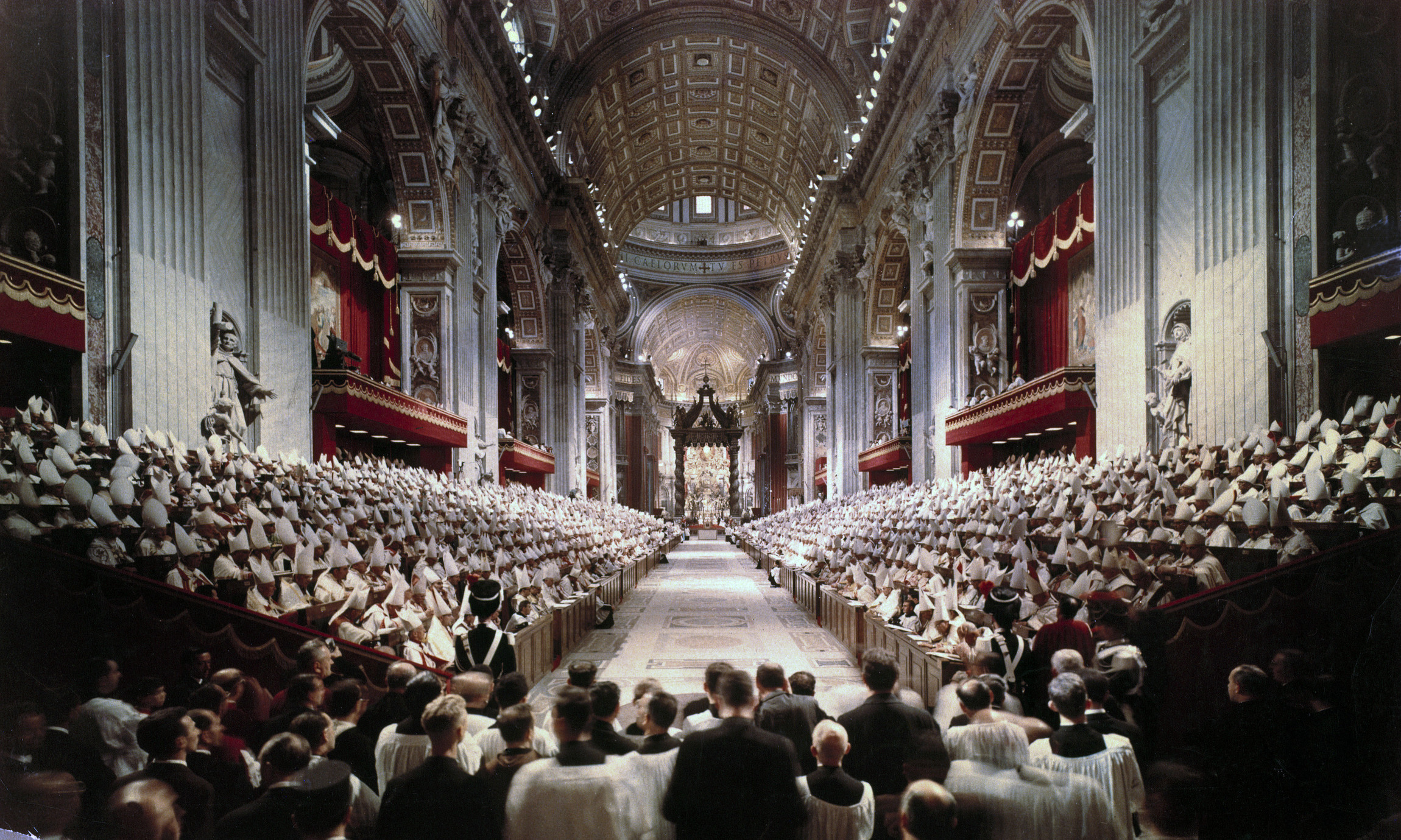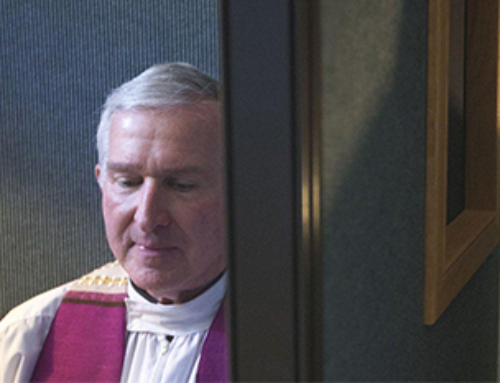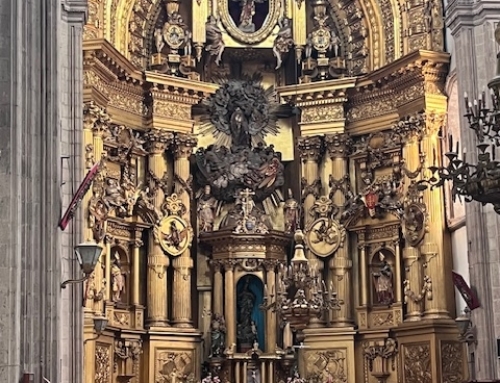…or maybe not.
In Mass Exodus -Catholic Disaffiliation in Britain and America since Vatican II English sociologist Stephen Bullivant takes an objective and fact based look at the decline of Catholic commitment over the last sixty years.
Some traditionalists are in the habit of slamming the second Vatican Council as the cause of huge decline in the Catholic Church in our lifetimes, but I’ve always insisted that correlation does not demand causation. Because two things happened at the same time does not mean that one caused the other. Calling out this fallacy, however, does not mean that one event had no effect at all on the other phenomenon…just that the simple fact of two things happening at the same time does not demand that one caused the other. Both could have been caused by other factors that have been overlooked.
This is the basic argument in Bullivant’s superb book. As a sociologist he gathers all the data, and boy, does he gather the data! The book’s bibliography is monumental and in the first part of the book the data is presented with all the head spinning detail and mind numbing accumulation of numbers and statistics that you would expect from a professional sociologist. I was happy to skim those chapters, leaving the analysis of the data to readers much more bookwormish than I am. My lazy attitude was, “OK. I trust you on the graphs and stats. Let’s get to the juicy bits.”
Bullivant lays out the panoply of historic social upheavals that took place in Britain and America after the second world war. Mobility, affluence, higher and broader education, better health care and housing, technology, the growth of the suburbs, the sexual revolution, entertainment and increased leisure time all contributed to a new lifestyle for millions. The second Vatican Council was a reaction to these–and much deeper social, philosophical and theological revolutions that had been growing since the Protestant Revolution of the sixteenth century.
By the way, if you are interested in the wider view of history and why the Catholic Church is where it is, I explore these more historic changes in my online course The Church in an Age of Revolution. The recorded lectures are available in the video section of the website.
Religion is most successfully transmitted within a secure, extended environment–what we now call “cultural Catholicism.” Bullivant observes that the totally Catholic ethnic communities of major urban centers provided an integrated religious environment. In Glasgow and Liverpool, Boston, Philadelphia, New York and Chicago great chunks of the population lived within an ethnically and religiously consistent community. The social life, family life, education, employment and religious life was all of a piece. One didn’t question the religion. It was simply “what it is.” Everybody was Catholic. The air you breathed was Catholic.
For many complicated and interwoven reasons, this cultural Catholicism broke down. Now in 2020 it is gasping its last. When the social structures of religion disintegrated, individuals were liberated to question their faith. The problem was, the form of catechesis they had received was not strong on empowerment and individual questioning. The catechesis was strong on memorization and training in duty. One kept the faith as a sign of loyalty to family, friends and belonging to the community. When those communities began to disintegrate the members of their younger generation didn’t have the tools to cope with the questions with which they were faced.
Tangentially, it is interesting how the new apologetics and a new “individual faith” emphasis that developed in the USA in the 80s and 90s and beyond has addressed this gap in adult catechesis.
As it stands now, 44 percent of British cradle Catholics and 35 percent of Americans no longer identify as Catholic. Bullivant show where they’ve gone–to other Christian denominations and to nothing at all.
While this makes for depressing reading, Bullivant also points out that Catholic numbers have held up better than those of other denominations. In other words, the social upheavals after the second world war have hit all the Christian groups hard and the decline among the mainstream Protestant churches has been even more steep.
So where does the second Vatican Council fit into this? Bullivant analyzes the aims and results of the Council praising the intentions but lamenting the results. The documents of the council are inspiring to read but the implementation of them not so much. He makes the point that the decline in church commitment was already happening in the forties and fifties and if the Council had not taken place people would likely be facing the same dispiriting numbers but saying “If only Pope John XXIII had called that council like he said wanted to!” Furthermore, it is very possible to conclude that rather than causing the decline in Catholic commitment, the Council (while not a roaring success) did help to stem the decline. In other words, without the Council the decline might have been much worse.
I have two problems with Bullivant’s excellent book. The first is the lack of comment on the theological and philosophical causes for the decline in the faith we are facing. It is very possible that this was dealt with in the parts of the book I did not read closely. It is also true that this was a sociological study–not a theological or philosophical overview. While the sociological factors are no doubt very important and interesting, it is also true that the decline of the Catholic Church in the West is part of a much deeper decline in religious faith and believing generally–a decline whose roots extend back to the sixteenth century and beyond.
Put simply, this is the gradual disintegration of a supernatural worldview. With the rise of science, the Age of Reason and the Age of Revolution, belief in an external supernatural dimension deteriorated. The disintegration of real supernatural religion–replaced by moralistic, therapeutic Deism–is the underlying cause for the decline of religion. To be perfectly blunt, the disintegration of ethnic Catholic hotspots and an integrated Catholic environment allowed many Catholics to look again at the Catholic faith and conclude, “I don’t really believe all that medieval, supernatural hocus pocus.” Adopting a materialistic worldview–one that provided a wonderful lifestyle with amazing new “freedoms” including sexual liberation–was not only very attractive, it was also more sensible.”
The second gap in the book–and again this is no great fault because no book can say everything–was no mention of the growth of the faith in the developing world. While the Catholic Church has declined in the West for the reasons Bullivant so brilliantly explores, it is also true that the Catholic faith continues to burgeon in Africa, Asia and South America. A sociological study of that phenomenon was beyond the scope of Bullivant’s book, but the rest of the twenty first century will certainly see the rise of the church in the developing world–filling the vacuum of the aging Western society with new vigor, youth and a vibrant faith.
So is the decline in the faith all the fault of Vatican 2? No. The second Vatican Council was the church’s response to the revolutions of the modern age. In my opinion it was the best response that could be expected. Its implementation in the West has been dire–Catholics investing huge resources re-arranging the deck chairs on the Titanic. The Council documents called for a true renewal and refreshment and a new evangelization. Instead we got folk masses, churches that look like concrete circus tents, sappy music, New Age homilies and John Lennon theology.
Finally, while we spend so much time navel gazing and lamenting the deplorable state of the church in the West, we may be missing the bigger picture. It could be that within the Divine Plan the second Vatican Council was far more about the energizing and preparation of the church for the final wave of evangelization and growth in the developing world. Perhaps the Council was the way God was laying the foundation for the emerging churches of Africa and Asia to really get into gear and what we will see is the church in the West not being energized and renewed from within, but being re-evangelized by our brothers and sisters from the developing world.
We’re in the middle of the annual October membership drive. If you are not a Donor Subscriber please go here to check out the special offers this month and consider signing up! If you are a Donor Subscriber at one of the lower introductory levels please consider an upgrade. Full information is here.







Father! Thank you so much for this post. It hits so many points that I’ve been researching and conclusions I’ve been slowly coming to.
I’ve had conversations with friends where we ponder, “Maybe it’s possible things would have been worse if V2 didn’t happen.” Maybe the Holy Spirit actually knows what he’s doing.